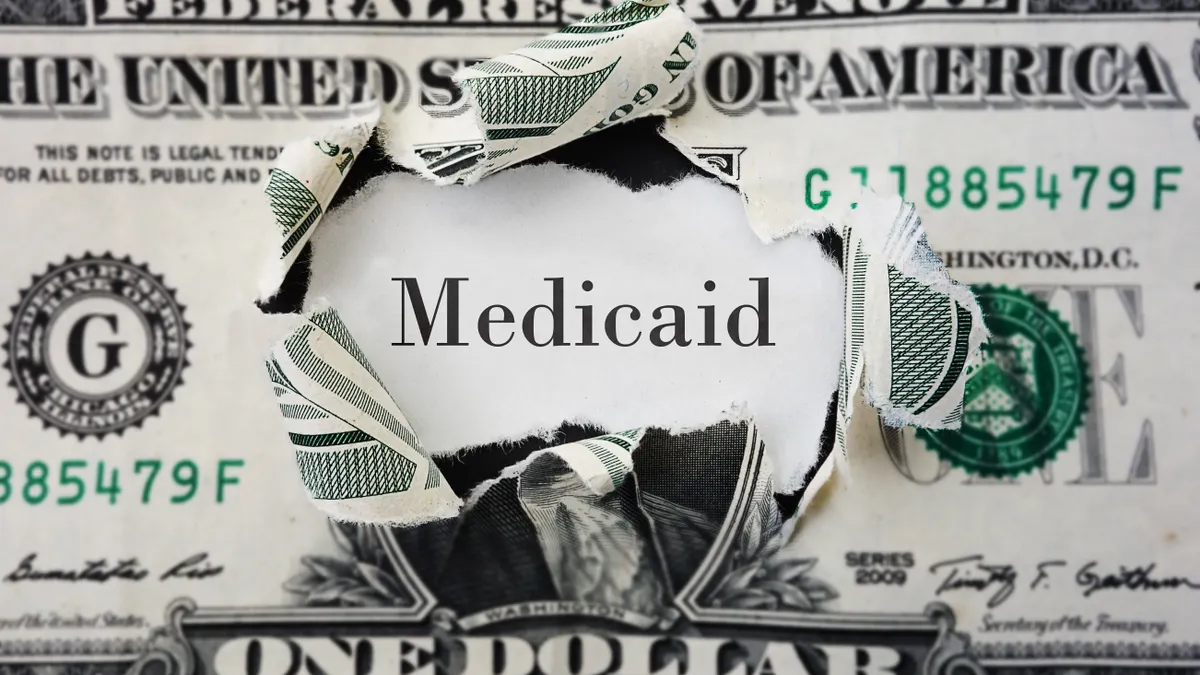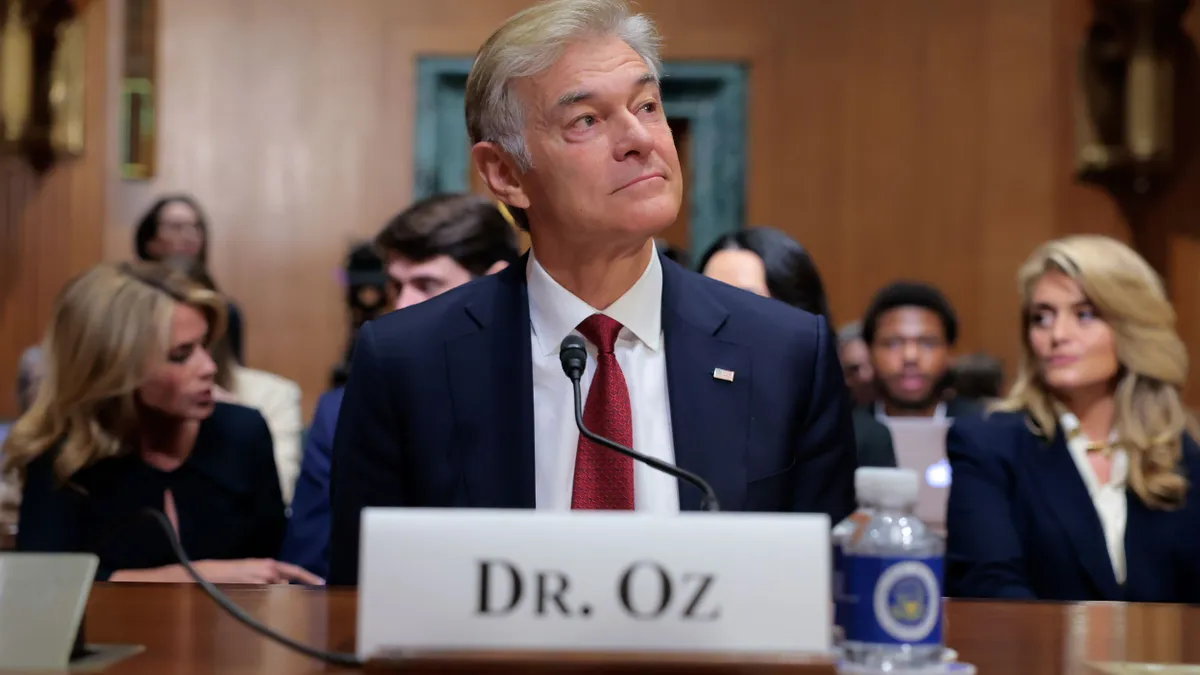Dive Brief:
- Urban safety-net hospitals are expected to be hit particularly hard by Medicaid cuts enacted in the One Big Beautiful Bill Act, even as lawmakers’ work to limit the financial hit has largely focused on struggling rural facilities, according to a report published this week.
- Eight-five percent of hospitals most vulnerable to the reductions — critical access or safety-net facilities that are already financially distressed with a high share of Medicaid patients — operate in urban areas and serve a much larger proportion of American patients, according to the analysis by the Harvard Quality and Outcomes Lab and the New York Times.
- However, Congress has largely worked to limit the impact of Medicaid cuts by focusing on rural hospitals, researchers wrote. For example, lawmakers added a $50 billion rural health fund to the massive tax and policy legislation.
Dive Insight:
The One Big Beautiful Bill Act, signed by President Donald Trump this summer, includes major cuts to federal healthcare spending, particularly in the safety-net insurance program Medicaid.
The law will add work requirements for some Medicaid beneficiaries to stay enrolled in coverage, as well as implement restrictions on provider taxes that states use to fund their share of spending on the insurance.
Millions more will likely become uninsured as a result of the law, according to the Congressional Budget Office. That means hospitals will face a growing burden of uncompensated care and reduced revenue, a potentially significant financial concern for safety-net providers.
The impact on rural hospitals — many of which are at high risk of shutting down or cutting key services — has received a lot of attention from policymakers, the Harvard analysis noted. But the cuts might have a more direct effect on urban hospitals, the researchers said.
The report identified 109 hospitals that were classified as either critical access or safety-net hospitals and were already struggling financially and serving a large portion of Medicaid patients. These facilities were frequently in urban areas, and more concentrated in the Northeast and West.
Additionally, nearly 40% were major teaching hospitals, and they were more likely to be owned by private equity firms.
Meanwhile, rural hospitals weren’t “highly represented” in this group of hospitals most vulnerable to funding cuts, according to the analysis. One reason could be critical access hospitals, which operate in rural areas, can be more profitable than their non-critical access peers, due to federal policies that boost reimbursement.
The risks to both urban and rural hospitals means policymakers should keep a close eye on the financial health of struggling safety-net hospitals, which could close their doors or cut services if their finances worsen, researchers wrote.
They should also consider changes to the $50 billion Rural Health Transformation Program, according to the report. The funds likely won’t be able to make up for the loss of federal Medicaid spending, and allocating half of the funds equally across states won’t target hospitals most at risk, researchers noted.
Additionally, lawmakers should consider other policies to support safety-net hospitals, like reversing recent cuts to Medicaid disproportionate share hospital payments, which offer supplemental payments to hospitals that serve a large number of Medicaid or uninsured patients.















